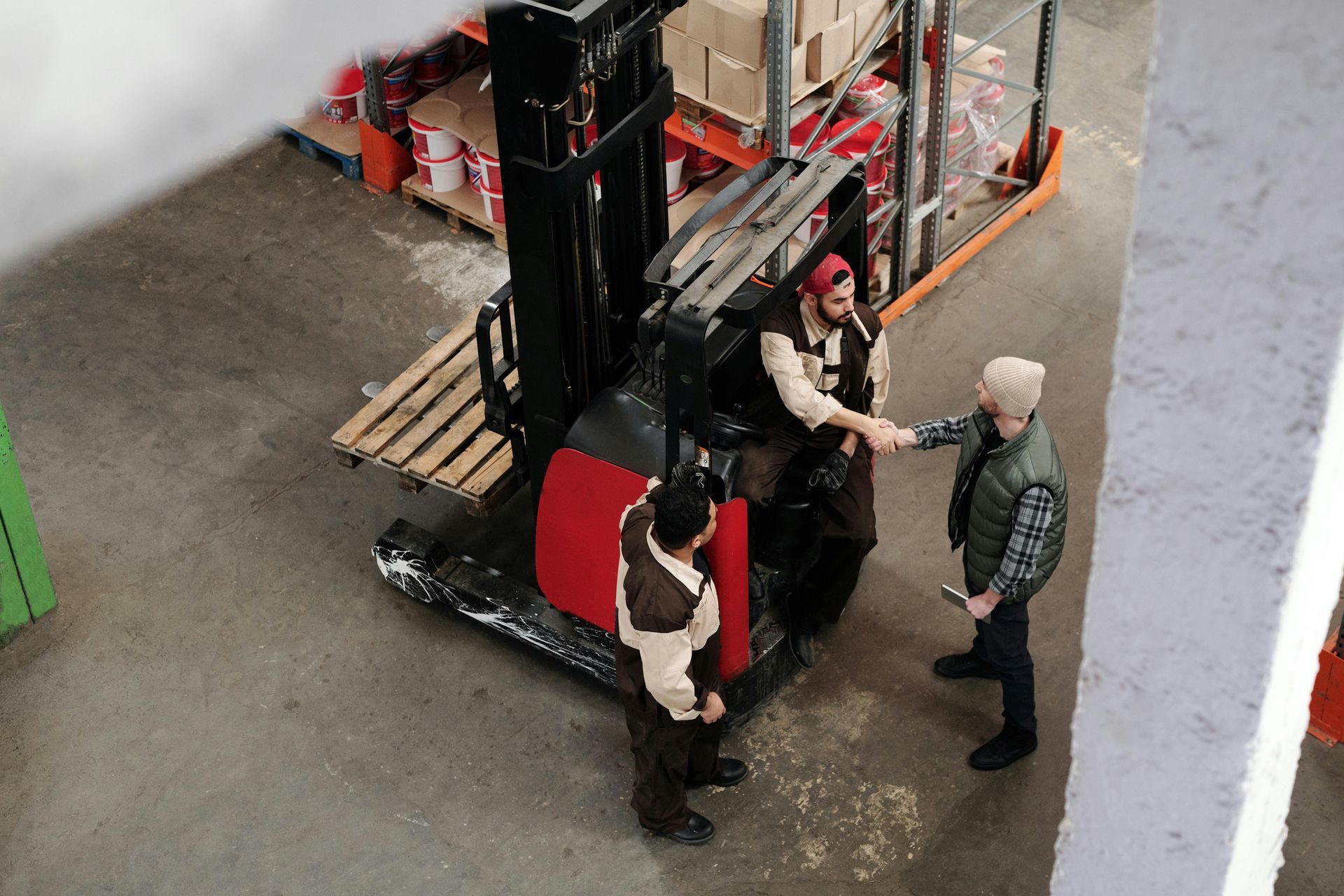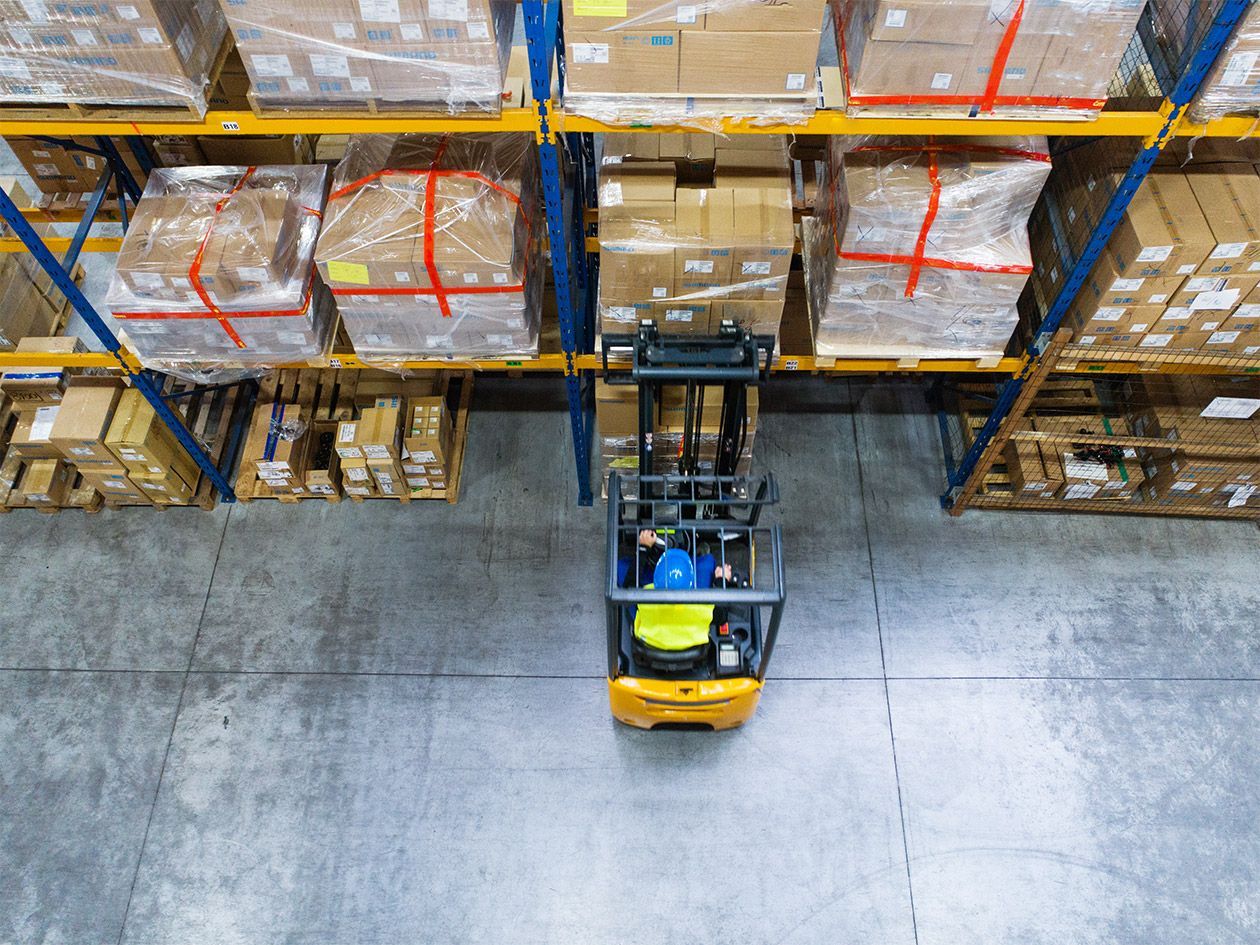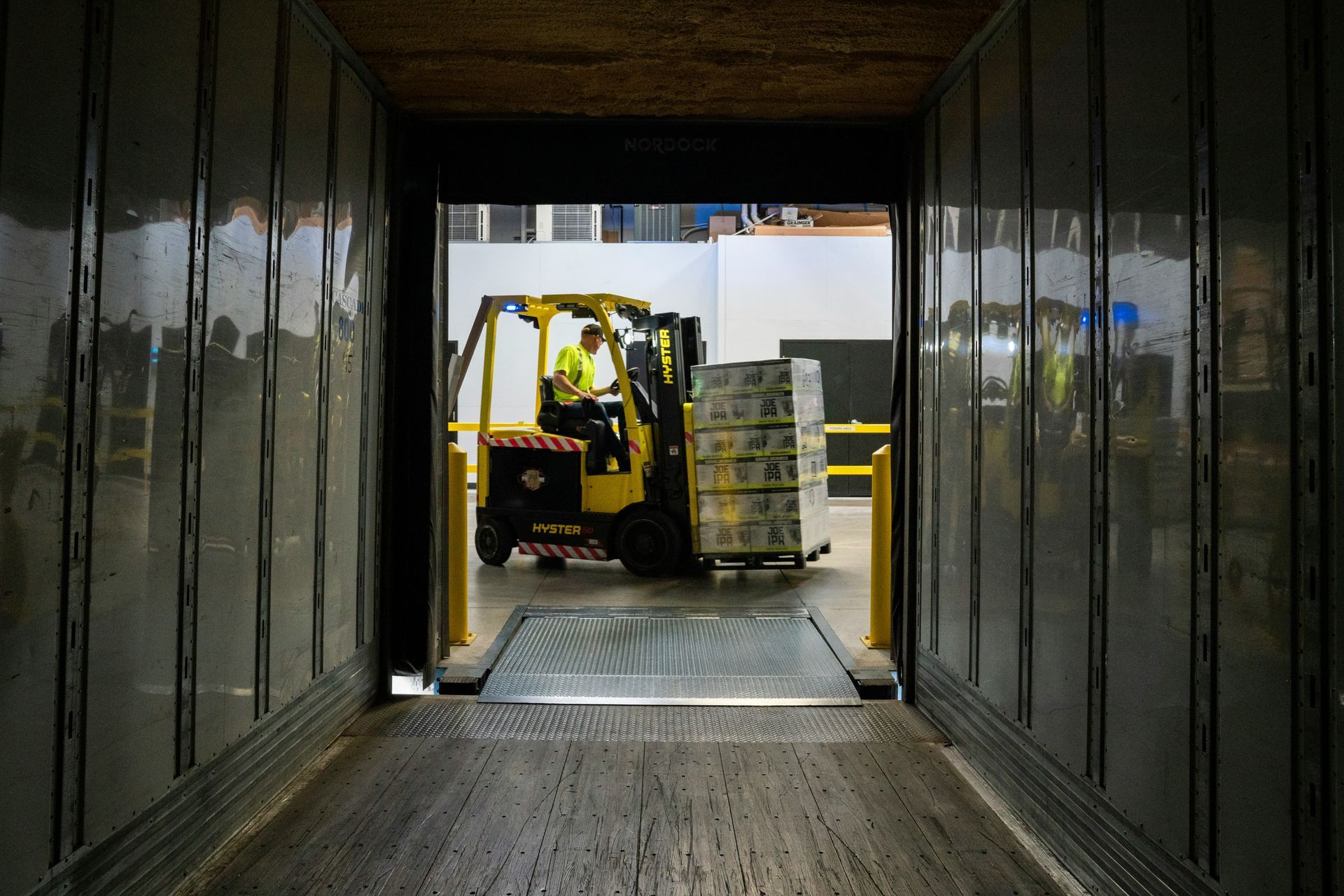Cold Storage Warehousing Tips
Frozen food has become a big deal lately due to stock-up behavior and supply chain issues as a result of the current pandemic. Because of the rising demand and the specialized nature of cold storage warehousing, it’s a good idea to revisit the challenges, best practices, and operating tips for these types of facilities.
Cold Storage Warehouse Challenges
Between daily operations and optimization of processes, it’s not easy for cold storage warehouse managers to juggle their responsibilities. From highly regulated food handling guidelines to storage and temperature control, there’s a long list of considerations for facilities to keep running smoothly. The last thing you need is to have your reputation tarnished because of foodborne illness outbreaks that originated in the warehouse.
There are plenty of steps to take from the time the food enters the warehouse until it leaves to go to customers or retail outlets, which opens up the supply chain to vulnerability. Time is (literally) of the essence in cold storage warehouses. Managers must keep everything running efficiently, especially when handling highly perishable items like meat, dairy, and seafood products. Furthermore, every product and their storage racks need to be labeled correctly and traceability — a huge and challenging undertaking.
Temperature control is also a challenge that cold warehousing managers face. Automation can help in this area, but only so much: Someone must be available to handle any emergencies or make adjustments based on predictive maintenance data or regular maintenance schedules. Scheduling the right employees at the right time can be especially tricky now as warehousing facilities may be running on alternative schedules to address social distancing or health and wellness initiatives.
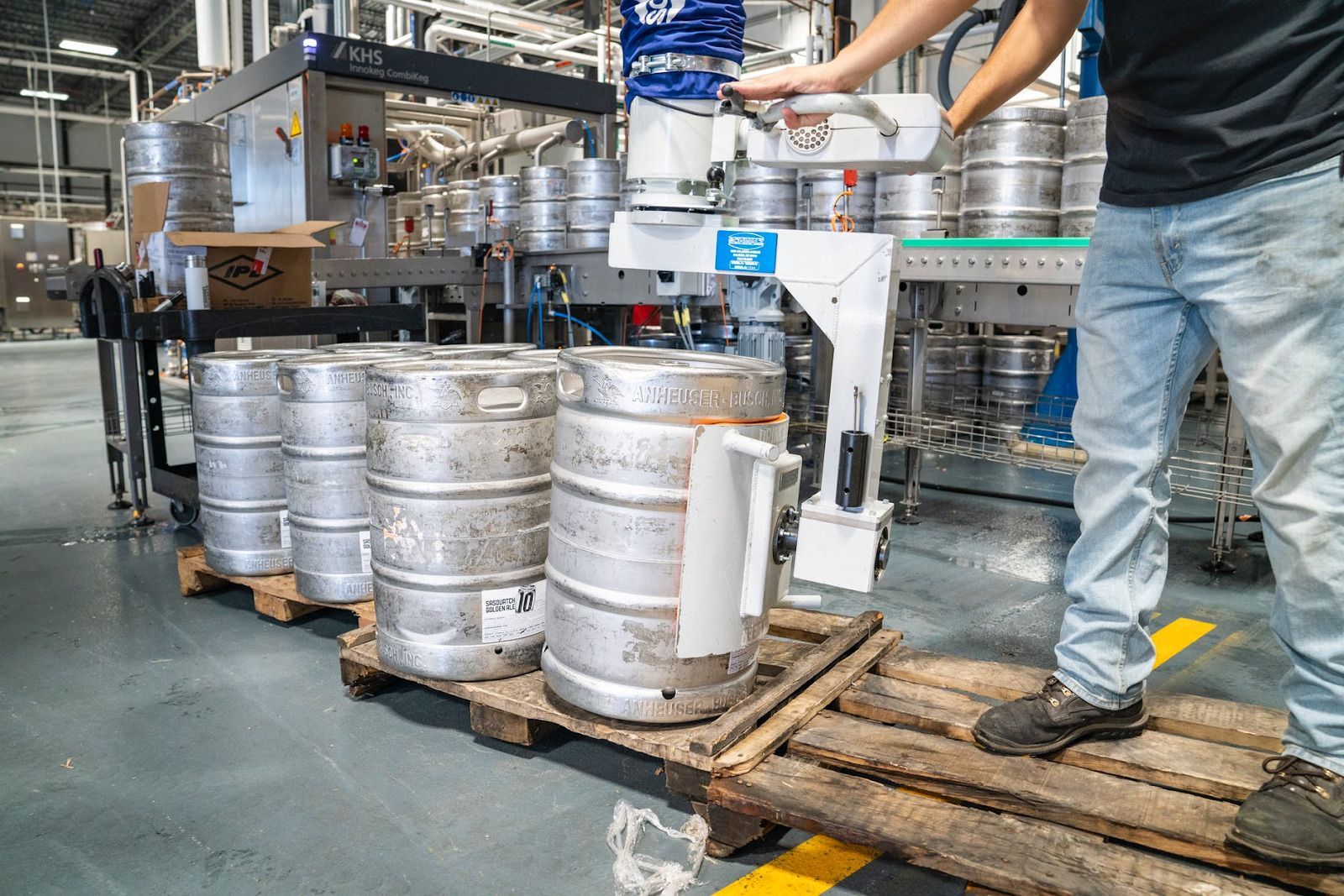
Additionally, the shipping and fulfillment processes must be expedited and packages should be handled within the warehouse properly and safely, using the right equipment by employees with proper training. OSHA and the FDA have strict safety and industry standards and staying compliant is key. Systems must be implemented to help cut down on waste, reduce operating costs, and focus on the safety of employees. Ultimately the bottom line needs to be preventing loss of both product and profit.
Cold Warehousing Best Practices
Building a cold warehousing infrastructure that integrates both current processes and predicts upcoming challenges is no easy feat, and it takes an expert touch to keep your frozen food or cold warehouse or frozen food storage facility running smoothly. It’s a very smart idea to partner with equipment and materials handling pros like our team here at Benco to get guidance and insight. Below we offer some tips and best practices.
Come up with a plan: There are endless possibilities for problems to pop up and even with the right equipment, training, and experience in place, there’s no way for cold warehouse facility managers to predict those issues. Contingency plans are key to getting derailed operations back on track quickly, and those plans should be available and accessible to everyone throughout the warehouse.
Ramp up training: Plenty of factors go into mitigating delays that could cause food to spoil, but the most critical is training employees to understand food storage and cold warehousing management optimization. Make them aware of your expectations and build a total culture of food safety from top to bottom.
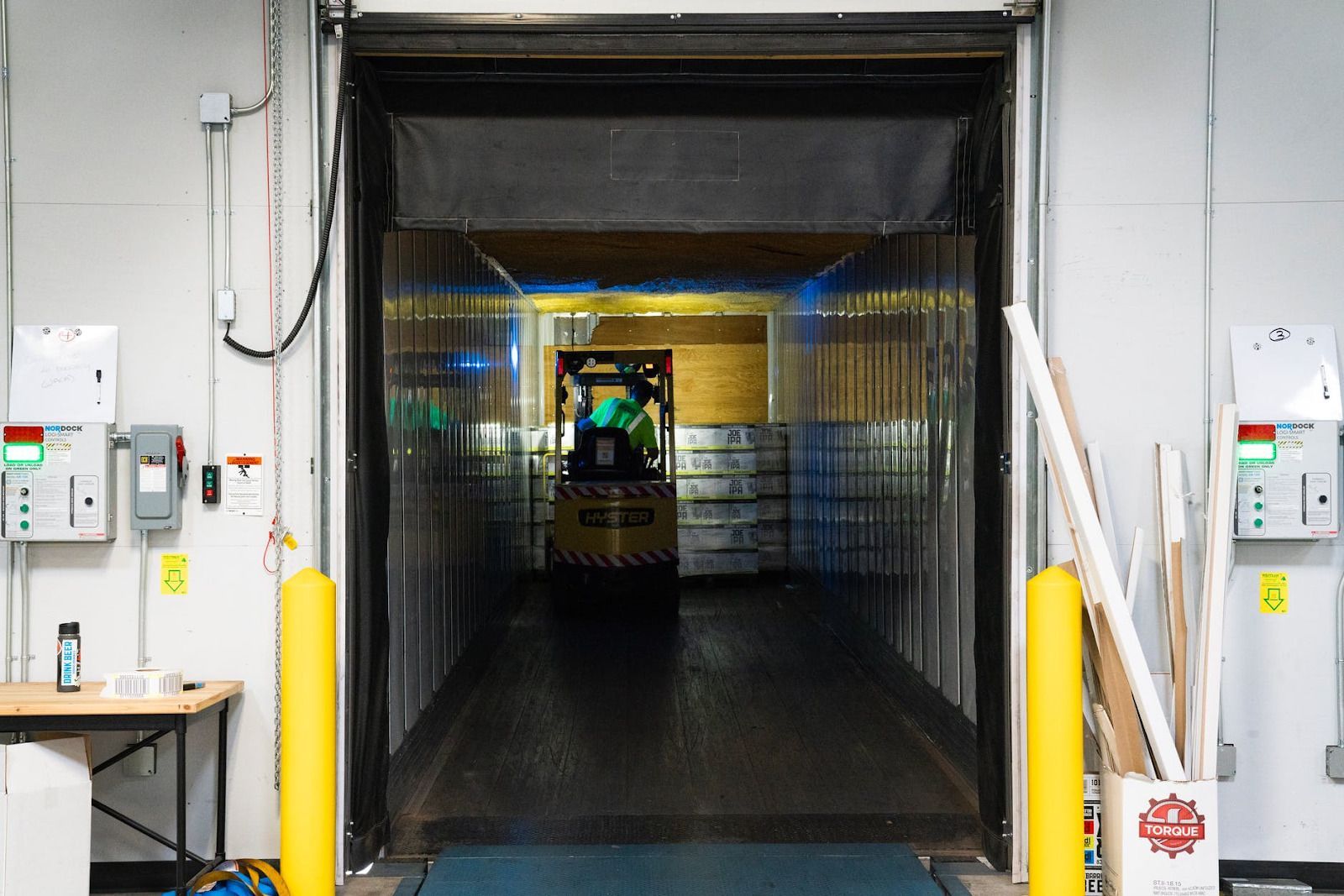
Invest in equipment: Keeping temperatures consistent also means using the highest-quality equipment and maintaining it to operate efficiently. Outfitting your frozen food or cold warehouse facility and working with equipment experts to ensure it’s doing what it’s supposed to do is a smart investment with huge ROI. Thoroughly vet your equipment partners to find out if they’re up for the job.
Don’t skimp on storage: How you store and label products is just as important as how you handle it. The racks and shelving you use will dictate how employees can move inventory and how secure it will be while it waits to be shipped back out again. Don’t settle for subpar storage; this is another area of your warehouse management process that should include guidance from our team.
Depend on doors and docks: Safely and quickly transporting product in and out of your warehouse starts at the loading docks. Keeping that product fresh means having loading dock doors that help with temperature control. This area of your warehouse needs to be safe, properly functioning, and well-maintained.
Warehouse management is a complex job, but it becomes even more complicated in cold storage and frozen food facilities. Staying ahead of challenges and learning about best practices is a guaranteed way to keep profits high and product loss low.
The post Cold Storage Warehousing Tips appeared first on Benco Industrial Equipment.


